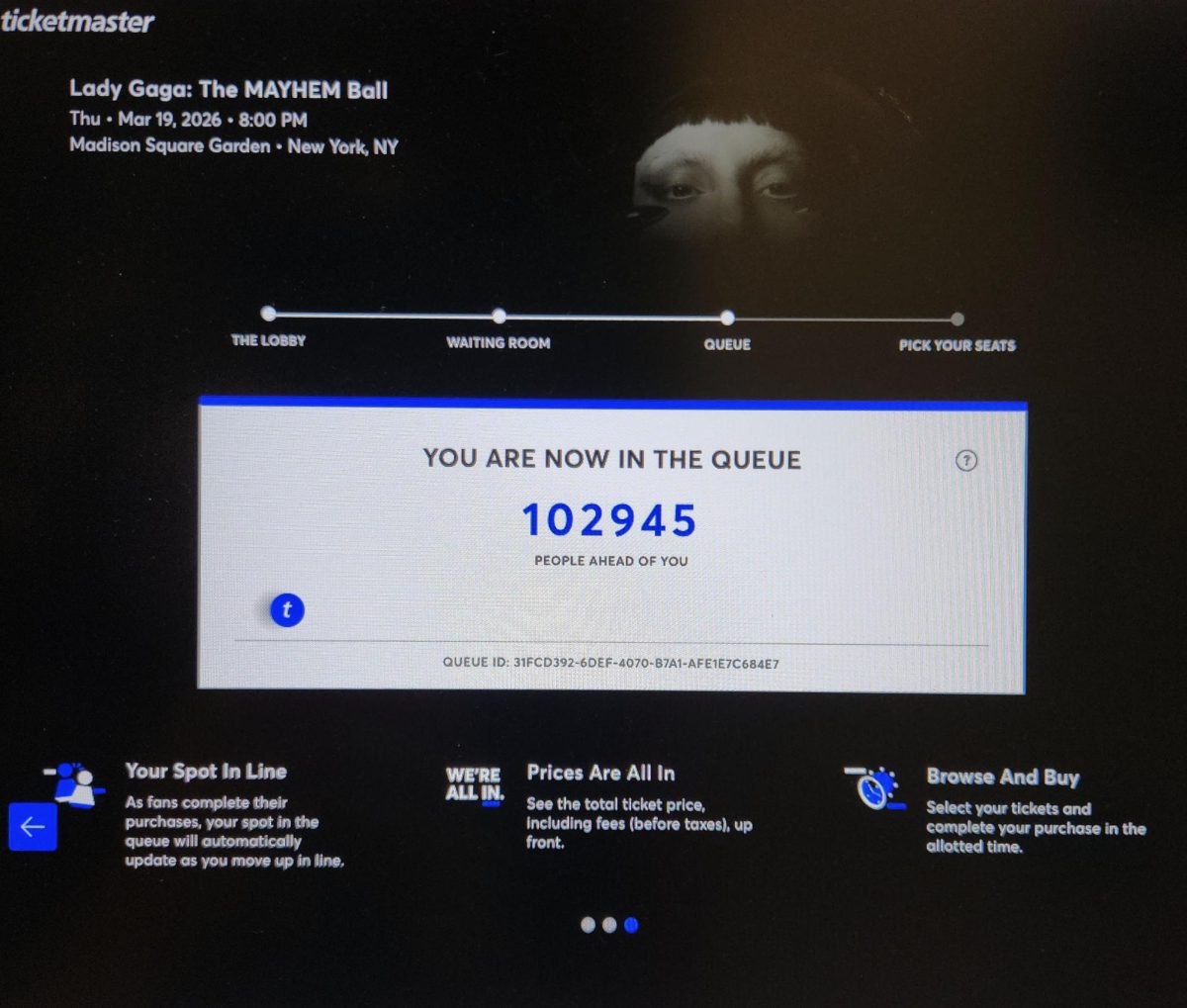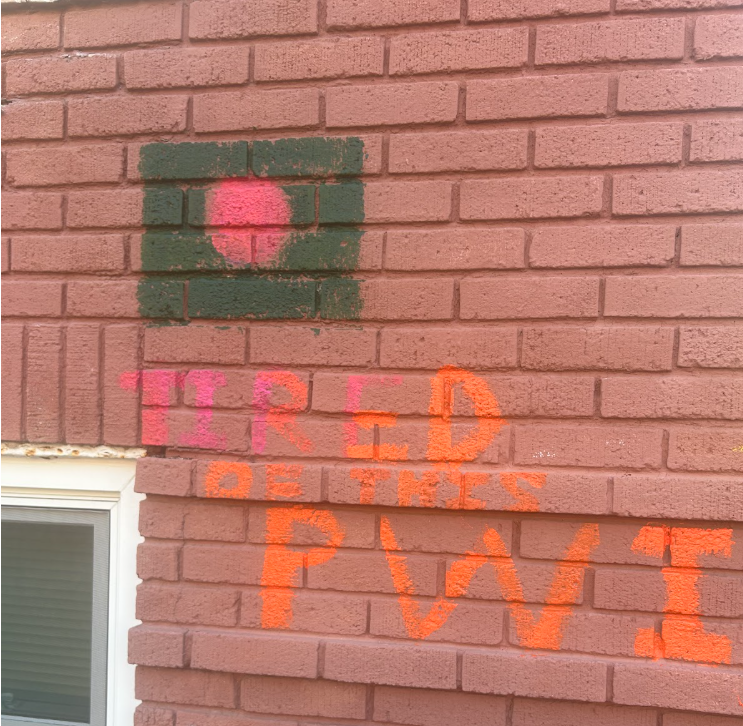Dear Editor, The Mac Weekly:
I was encouraged to hear of Mac students protesting Wells Fargo. Kick Wells Fargo Off Campus made news across the state. As a former employee in Wells Fargo’s Eagan foreclosure facility, I can offer a perspective of the bank’s misdeeds. I hope that my insights will encourage the student movement.
As one of the largest banks in the country, Wells Fargo has foreclosed on millions of homes. Despite the grave consequences to homeowners and the extensive legal formulae necessary in most states to carry out foreclosures, Wells Fargo has run roughshod through the process. Their blind greed has caused procedural errors in upwards of 10 percent of their foreclosures. Thus, they charged their facility in Eagan with reviewing over 100,000 cases in which the bank did not follow the law.
The foreclosure facility in Eagan is essentially an enormous factory with tinted windows and airport-style security checkpoints. Thousands of employees work in shifts from 5:30 a.m. to after midnight, reexamining faulty foreclosures. It resembles a massive computer lab, with workers spaced about as closely as at library workstations. Some senior employees have small cubicles. When I worked there in August 2011, about a quarter of the two-dozen odd people in my recruitment group quit within the first week. One supervisor stood up and announced he was walking off the job. The internal temperature rose throughout the afternoon, and reached 90 degrees by sunset each evening. Bathrooms waste bins were overflowing with paper towels, and there were often long lines due to the sparseness of facilities. Supervisors would look over employees’ shoulders and berate them for not working quickly enough. They yelled “Break time” to everyone, and began a timer at that point, even though you were expected to finish your current file before logging off, and to be logged back on before the break ended. You could lose up to half of your legally-guaranteed 15-minute break by then. You were also forbidden to leave your seat for the restroom or drinking fountain except in an emergency.
I have never worked anywhere that treated its employees so awfully. Under these conditions, many people “cheated” the system by faking their work. They may have skipped over documents without reviewing them, or entered bogus data. In one disturbing twist, I found over 500 ways that employees had written Wells Fargo’s name in the database! Not only misspellings, but variations like Wells Fargo Bank, Inc. and Wellfargo (sic) Lending. If you can’t even properly identify yourself, how are you going to enter into any kind of fair legal proceeding? If Wells Fargo screwed up such a huge amount of their foreclosures, and screwed over enough clients for a massive operation like this to be necessary, I wonder what the fallout will be when the next round of faulty foreclosures comes through.
It broke my heart to work on Minnesota foreclosures. I felt bad working on any of these documents, especially when I came across one client with nearly the same name as myself, but when I started a batch of local cases it was too much. I even saw a foreclosure on my block in Minneapolis at the time. I quit as soon as I could find other work.
I hope that the Mac administration opens their eyes to the practices of this bank, even if it only does account for a small percentage of the university’s business. I have never seen such an unethical and dishonest company. Although I am not a Mac alum, I worked next to campus for a few years and have a number of friends who attended. I hope that my insights can help fuel the spirit of resistance in the KWOC movement, and that the university will make the right decision.
Sincerely,
Joshua D. Levine, Sauk Rapids, MN







Steven Wright • Sep 6, 2019 at 1:47 am
I just could not leave your website prior to suggesting that I extremely enjoyed the standard info an individual supply for your visitors? Is going to be back continuously to investigate cross-check new posts